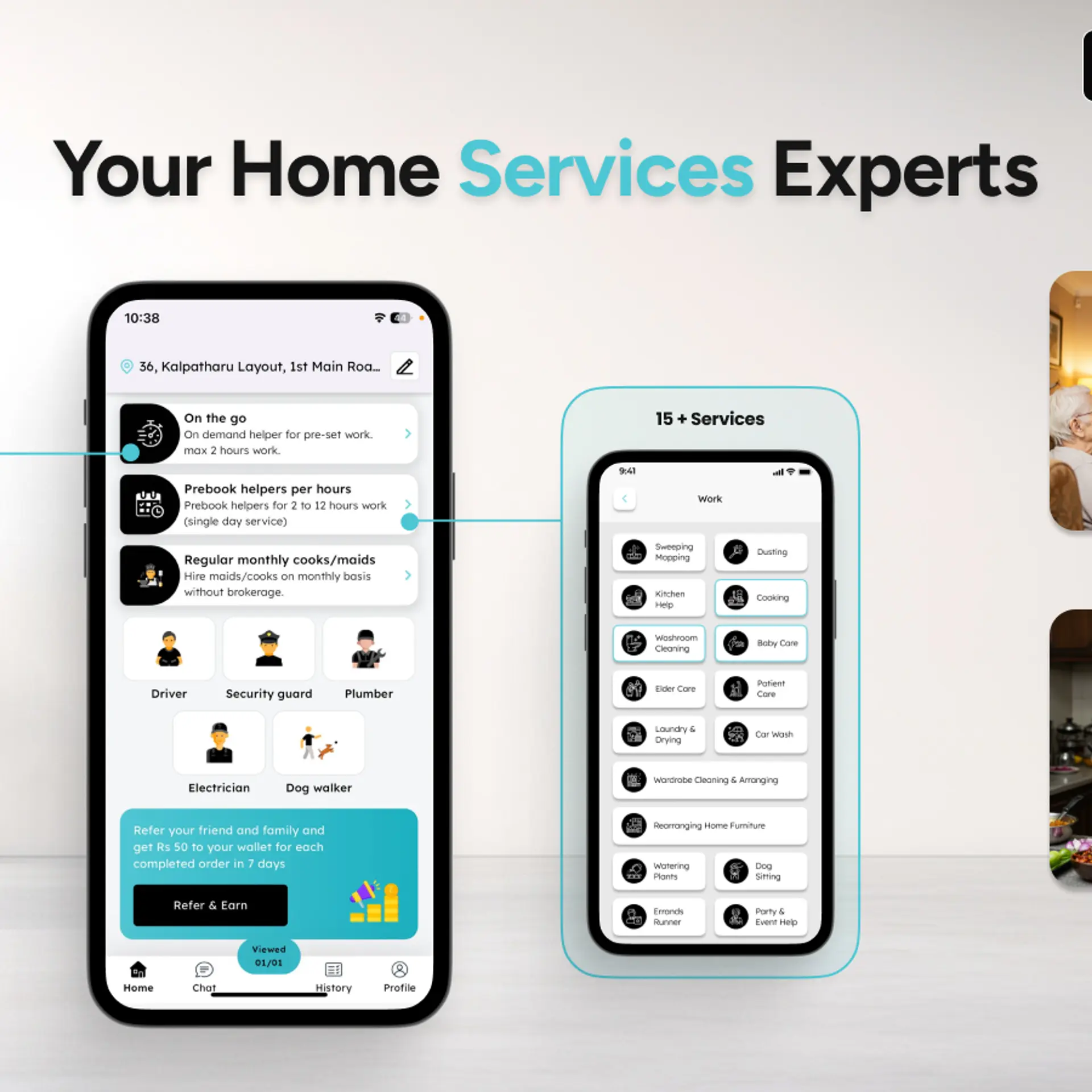Winning the modern lending game with omni-channel lending
In today's banking landscape where multiple forms of credit-sourcing coexist, adapting to an omni-channel model is the way forward for lenders.
When one thinks of the evolution of the business of lending, it’s only obvious to cite the digital leaps we've witnessed in the past decade. But digital lending, despite its sharp growth, still only makes up a small part of India’s larger credit landscape.
For perspective, online lending made up 12% of the total loans disbursed in 2022. This percentage is predicted to grow to 17% in 2026. While these numbers are impressive, they also give us a peek into the bigger picture of lending in India: one where multiple channels of loan sourcing are alive and kicking.
The current credit-sourcing landscape, as it stands, is a mix of several generations of lending. These include, but are not limited to:
- Branches: The first of the (regulated) financial services generation, where customers approach physical branches to avail loans.
- Direct Selling Agents (DSAs): On-ground agents act as intermediaries between lenders and borrowers, assisting the latter with applications, documents, and more.
- Banking websites and apps: Lender-owned online platforms that largely act as digital versions of bank branches.
- Embedded finance: Propelled by fintechs, embedded finance has credit services on non-traditional channels, predominantly online marketplaces. Lending services play a more active role in acquiring customers who are not on the platform to seek banking services.
- Open network platforms: The emergence of open networks will see lenders catering to a wider and more diverse range of borrowers on platforms such as Open Network for Digital Commerce (ONDC) and Open Credit Enablement Network (OCEN).
For a lender to succeed today, they must be able to handle originations from all channels. However, this task is easier said than done — especially when most banks and NBFCs today have been built on decades-old infrastructure.

The legacy lending infrastructure challenge
Legacy lenders have stood through years of banking evolution. With each new technological development came upgrades in their systems. Often, the updates were built over existing infrastructure. A digital upgrade merely meant replacing a manual process with a digital tool, resulting in fragmented lending systems that work in silos. However, to become a modern lender that can seamlessly handle diverse products while also growing at scale, an institution needs infrastructure that can:
- Handle multiple channels of sourcing, both digital and offline
- Take a digital-first approach to optimise back-end operations, and maximise customer experience, while also leaving room for smooth-flowing non-straight-through processes (NSTP)
- Connect to a unified system of record and operations, while also enabling flexibility in building diverse products
- Empower operations to scale at ease, even though future technological disruptions
The core idea is for lenders to transition from a monolithic infrastructure to one that enables fintech-like growth. The quickest way to get there? Modular infrastructure.
The road to transition is modular
The biggest challenge when transforming from a legacy approach to a modern one is to do so without disturbing current workflows and products. The solution, then, is to take a modular approach. This API-led process comprises of a stack made of several functionalities that are individual building blocks but can be programmed to work in tandem. This plug-and-play model has several benefits:
- Easy implementation: An API-led digital transformation is easy to integrate with current systems, without major overhauls.
- Partnership-friendly: A modular stack significantly reduces the lenders’ time to build and customise their infrastructure for each new partnership, allowing them to scale their partnership and co-lending efforts.
- Zero-ops transformation: Lenders can streamline processes, reduce redundancies, and optimise their resources — all with one stack.
- Uniform, brand-owned experiences: A digital-first approach with a single system of management means that lenders can provide customers with a more uniform experience, across products — whether they rely on manual intervention or not.
- Future-ready: A modular approach allows lenders to scale at their own pace. It also leaves room for future upgrades and business disruptions
How do we get there?
As the demand for credit grows in India, the need to scale up operations across channels is only set to rise. A transformation from a legacy, monolithic system to a more modular one is not merely a good-to-have thing—it's a must-have.
But lenders seldom have the technological muscle to pull off a magnanimous overhaul of their tech systems. The easiest way to then transition? Partnering with entities who dabble in the intersection of finance and agile tech. I am, of course, talking about fintechs!
(Rajat Deshpande is the co-founder and CEO of FinBox, a fintech company.)
Edited by Jyoti Narayan
(Disclaimer: The views and opinions expressed in this article are those of the author and do not necessarily reflect the views of YourStory.)







